Home>diy>Architecture & Design>What Careers Use 3D Modeling
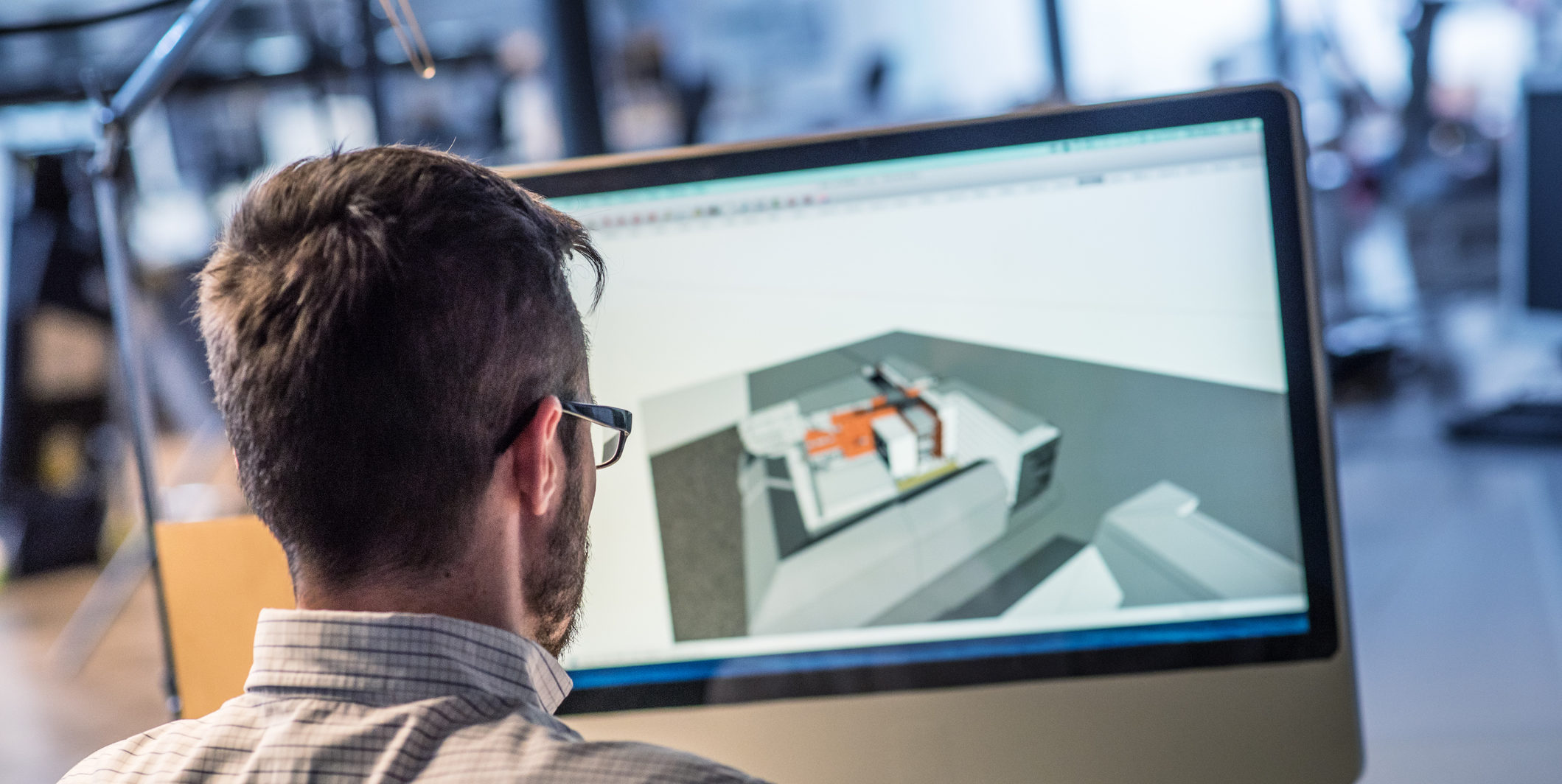

Architecture & Design
What Careers Use 3D Modeling
Modified: October 20, 2024
Explore exciting career possibilities that use 3D modeling in the field of architecture and design, and gain insights on how to pursue a successful career in this dynamic industry.
(Many of the links in this article redirect to a specific reviewed product. Your purchase of these products through affiliate links helps to generate commission for Storables.com, at no extra cost. Learn more)
Introduction
3D modeling has revolutionized the way we conceptualize and bring ideas to life in various industries. From architecture and industrial design to gaming and film, the use of 3D modeling has become increasingly prevalent in creating realistic and visually captivating designs. This technology allows designers and developers to create virtual representations of objects, environments, and characters, enabling them to visualize and communicate their ideas effectively.
In this article, we will explore the wide range of careers that utilize 3D modeling as a fundamental skill. These careers span multiple industries and offer exciting opportunities for individuals with a passion for design and technology. Whether you have a background in architecture, industrial design, or animation, there is a multitude of career paths where your 3D modeling expertise can be put to use.
Before diving into specific career options, let’s first delve into what 3D modeling entails and why it is such a crucial skill in today’s design landscape.
Key Takeaways:
- 3D modeling is a crucial skill in architecture, industrial design, gaming, film, product development, and virtual reality, offering diverse and exciting career opportunities for individuals with a passion for design and technology.
- The demand for skilled 3D modelers continues to grow as technology advances, making 3D modeling an indispensable tool for creating realistic and visually captivating designs across various industries.
Read more: How To Use Blender For 3D Modeling
Overview of 3D Modeling
At its core, 3D modeling is the process of creating a three-dimensional representation of an object or environment using computer software. It involves creating digital geometric shapes and structures, manipulating them in virtual space, and applying textures, colors, and other visual elements to achieve a realistic and detailed final product.
There are various techniques and software tools available for 3D modeling, each catering to different needs and skill levels. Some popular software programs include Autodesk Maya, Blender, and SketchUp, which offer a wide range of tools and functionalities to create intricate 3D models.
3D modeling serves as a vital part of the design process in many industries. It allows professionals to create realistic prototypes, simulate environments, and visualize their ideas before investing time and resources into physical production. This technology has greatly accelerated the design and development process, facilitating collaboration and enabling designers to iterate and refine their concepts quickly.
One of the key advantages of 3D modeling is its ability to create photorealistic renderings and animations. By accurately replicating lighting, textures, and materials, 3D models can appear indistinguishable from real-life objects. This level of realism is particularly valuable in industries such as architecture, where clients need to envision their future spaces before construction begins.
In the following sections, we will explore some of the industries that heavily rely on 3D modeling and the exciting career opportunities available in each field.
Importance of 3D Modeling in Various Industries
3D modeling plays a significant role in numerous industries, transforming the way professionals approach design and visualization. Let’s explore the importance of 3D modeling in some key sectors:
- Architecture: In architecture, 3D modeling allows designers to create detailed virtual representations of buildings, enabling clients to visualize the final look and feel of their projects. It helps architects identify design flaws, test structural integrity, and refine their concepts before construction begins.
- Industrial Design: 3D modeling is invaluable in the industrial design field. Designers can create digital prototypes of products, test ergonomics and functionality, and make improvements before manufacturing. It enables precise visualization and communication of design ideas to stakeholders.
- Game Design and Animation: The gaming industry heavily relies on 3D modeling to bring virtual worlds and characters to life. Game designers use 3D models to construct immersive environments, animate characters, and create realistic visual effects. It is essential for creating engaging and visually stunning gaming experiences.
- Film and Visual Effects: In the world of film and visual effects, 3D modeling is crucial for creating lifelike characters, fantastical creatures, and breathtaking environments. It allows filmmakers to seamlessly blend live-action footage with computer-generated imagery, enhancing the overall visual appeal of movies.
- Product Development: 3D modeling is integral to the product development process, enabling designers to create virtual prototypes and test functionality and aesthetics. It helps streamline production and reduces the costs associated with physical prototyping and manufacturing.
- Virtual and Augmented Reality: The rise of virtual and augmented reality technologies has further emphasized the importance of 3D modeling. 3D models are used to create immersive virtual environments and interactive augmented reality experiences, revolutionizing various industries such as gaming, training, and marketing.
The versatility of 3D modeling makes it a valuable skill in these industries and many more. As technology continues to advance, we can only expect the demand for skilled 3D modelers to grow.
Careers in Architectural Design
Architectural design is one of the primary fields where 3D modeling is extensively used. It allows architects and designers to create detailed virtual representations of buildings, enabling clients to visualize the final look and feel of their projects. Here are some of the key careers in architectural design that utilize 3D modeling:
- Architect: Architects are responsible for designing buildings and overseeing their construction. They use 3D modeling to create accurate representations of their designs, allowing them to effectively communicate their ideas to clients, contractors, and other stakeholders. 3D modeling enables architects to visualize spaces, test different design elements, and ensure the structural integrity of their buildings.
- Architectural Renderer: Architectural renderers specialize in transforming 3D models into photorealistic renderings. They use advanced rendering software to create realistic lighting, textures, and materials, bringing architectural designs to life. Architectural renderers play a key role in marketing and presentation, helping clients visualize the final appearance of a project.
- Architectural Animator: Architectural animators utilize 3D modeling and animation techniques to create dynamic and immersive visualizations of architectural projects. They bring still 3D models to life by adding movement, showcasing the space from different angles, and simulating natural elements like lighting and weather. Architectural animations provide a compelling way to present projects to clients and stakeholders.
- BIM Modeler: Building Information Modeling (BIM) modelers create virtual 3D models that contain detailed information about the building’s components and systems. BIM models are used for design coordination, clash detection, and construction management. BIM modelers work closely with architects, engineers, and contractors to ensure accurate and efficient project execution.
- Interior Designer: Interior designers use 3D modeling to create virtual representations of interior spaces. They utilize 3D models to experiment with different layouts, select materials and furnishings, and create visually stunning presentations for clients. 3D modeling allows interior designers to accurately showcase their design concepts and make informed decisions regarding space utilization and aesthetics.
These are just a few examples of the careers available in architectural design that heavily rely on 3D modeling. The use of 3D modeling in this field has revolutionized the design process, enabling architects and designers to create stunning and functional spaces while providing clients with a realistic understanding of their vision.
Careers in Industrial Design
Industrial design is a field that focuses on creating and developing the concepts, aesthetics, and functionality of products. 3D modeling has become an integral part of the industrial design process, allowing designers to bring their ideas to life with precision and realism. Here are some of the key careers in industrial design that utilize 3D modeling:
- Product Designer: Product designers conceptualize and create new products that meet consumer needs. They use 3D modeling to develop virtual prototypes, test various design iterations, and refine the aesthetics and functionality of their designs. 3D modeling enables product designers to visualize products from every angle and make necessary adjustments before manufacturing.
- Industrial Engineer: Industrial engineers focus on optimizing production processes and improving product quality and efficiency. They use 3D modeling to simulate production lines, conduct virtual tests, and identify opportunities for improvements. By creating accurate 3D models, industrial engineers can analyze different scenarios and make data-driven decisions to enhance productivity.
- Package Designer: Package designers are responsible for creating visually appealing and functional packaging for products. They use 3D modeling to develop realistic digital renderings of packaging designs, ensuring that they fit the product perfectly and showcase branding elements effectively. 3D modeling allows package designers to experiment with different shapes, materials, and textures to create impactful packaging solutions.
- Automotive Designer: Automotive designers create innovative and visually striking vehicle designs. They utilize 3D modeling to create virtual prototypes, refine exterior and interior details, and simulate aerodynamics and engineering aspects. 3D modeling is crucial in the automotive industry, enabling designers to visualize the overall look of vehicles and assess their performance before physical production.
- Furniture Designer: Furniture designers use 3D modeling to create virtual prototypes of furniture pieces and visualize how they fit into different spaces. They experiment with materials, textures, and finishes to achieve the desired aesthetics and functionality. 3D modeling allows furniture designers to produce accurate representations of their designs and generate realistic renderings for client presentations.
These careers in industrial design highlight the importance of 3D modeling as a tool for creating and refining product designs. With 3D modeling, industrial designers can accelerate the concept-to-production process, collaborate effectively with manufacturers, and ensure that their designs meet market demands and user expectations.
Consider exploring careers in architecture, engineering, animation, game design, and product design if you are interested in using 3D modeling. These fields often require professionals with strong 3D modeling skills.
Read more: How Hard Is 3D Modeling
Careers in Game Design and Animation
The gaming industry has evolved rapidly with advancements in technology, and 3D modeling plays a crucial role in creating immersive and visually stunning gaming experiences. Careers in game design and animation offer exciting opportunities for individuals passionate about both technology and storytelling. Here are some of the key roles in this field that heavily rely on 3D modeling:
- Game Designer: Game designers are responsible for crafting the gameplay mechanics, levels, and overall user experience of a game. They use 3D modeling to create virtual environments, construct terrain, and place interactive elements within the game world. 3D modeling allows game designers to visualize and iterate on their designs, ensuring engaging and visually appealing gameplay.
- Character Artist: Character artists specialize in creating 3D models and textures for characters in games. They utilize 3D modeling to sculpt detailed character models, design expressive facial features, and create dynamic costumes and accessories. Character artists play a crucial role in bringing game characters to life and capturing the imagination of players.
- Environment Artist: Environment artists design and create the virtual worlds in video games. They use 3D modeling to construct realistic and visually stunning environments, ranging from lush forests to bustling cities. Environment artists pay attention to intricate details such as lighting, textures, and atmospheric effects, which contribute to the overall immersion of players.
- Animator: Animators bring characters and objects to life through movement and motion. They utilize 3D modeling to rig and animate characters, creating realistic and fluid movements. Animators work closely with game designers and character artists to ensure that the animation aligns with the overall vision of the game and enhances the player experience.
- Visual Effects Artist: Visual effects artists enrich games with stunning visual elements, such as explosions, particle effects, and magical spells. They use 3D modeling to create and manipulate 3D assets for visual effects, enhancing the immersive experience of players. Visual effects artists are responsible for creating captivating and seamless effects that amplify the excitement and realism of the game.
These careers represent just a fraction of the opportunities available in the vibrant field of game design and animation. 3D modeling is an essential skill in this industry, enabling game designers and artists to create captivating virtual worlds, realistic characters, and mind-blowing visual effects that transport players into extraordinary gaming experiences.</p
Careers in Film and Visual Effects
In the world of film and visual effects, 3D modeling is a crucial component for creating stunning and immersive visual experiences. From creating lifelike creatures to constructing elaborate virtual sets, careers in film and visual effects offer exciting opportunities for individuals with a passion for both artistry and technology. Here are some key roles in this field that heavily rely on 3D modeling:
- Character Designer: Character designers specialize in conceptualizing and designing visually captivating characters for films. They use 3D modeling to sculpt and refine character models, ensuring that they are visually appealing and compatible with animation rigs. Character designers are responsible for creating iconic and memorable characters that resonate with audiences.
- Visual Effects Supervisor: Visual effects supervisors oversee the execution of visual effects in film and ensure their integration with live-action footage. They collaborate with directors and production teams to define the visual style and requirements of the film. Visual effects supervisors rely on 3D modeling to create pre-visualizations, plan complex shots, and guide the work of visual effects artists.
- 3D Modeler: 3D modelers specialize in creating digital assets for film and visual effects, including characters, props, and environments. They use 3D modeling software to create detailed and realistic models that align with the creative vision of the project. 3D modelers work closely with other team members, such as texture artists and riggers, to ensure seamless integration of their models within the production pipeline.
- Lighting Artist: Lighting artists are responsible for setting the mood, atmosphere, and realism of a scene in film. They use 3D modeling to accurately position virtual lights and create realistic lighting effects. Lighting artists work closely with directors and cinematographers to ensure that the lighting supports the desired storytelling and enhances the overall visual appeal of the film.
- Compositor: Compositors bring together various visual elements, such as live-action footage, 3D models, and visual effects, to create the final image in film. They use 3D modeling tools to seamlessly integrate 3D elements into the scene, apply digital matte painting, and enhance the overall visual composition. Compositing requires a strong understanding of color, lighting, and visual storytelling.
These are just a few examples of the diverse careers available in the film and visual effects industry. 3D modeling is a fundamental skill that enables professionals in this field to create stunning visual worlds, seamlessly blending reality and imagination to captivate audiences worldwide.
Careers in Product Development
Product development involves the process of designing, prototyping, and manufacturing new products. 3D modeling plays a central role in this field, allowing designers and engineers to create virtual representations of products and streamline the development process. Here are some key careers in product development that heavily rely on 3D modeling:
- Product Designer: Product designers are responsible for creating and refining product concepts. They use 3D modeling to develop virtual prototypes, test different design iterations, and validate their ideas before moving to physical production. 3D modeling enables product designers to visualize and analyze the aesthetics and functionality of products, making necessary adjustments to ensure user satisfaction.
- Industrial Engineer: Industrial engineers focus on optimizing production processes and improving product quality and efficiency. They use 3D modeling to simulate manufacturing processes, identify bottlenecks, and optimize workflows. Industrial engineers utilize accurate 3D models to analyze different scenarios, optimize resource allocation, and minimize production costs.
- Prototyping Specialist: Prototyping specialists bring product designs to life using various prototyping techniques. They use 3D modeling to create virtual representations of prototypes and then translate them into physical models using techniques such as 3D printing or CNC machining. Prototyping specialists play a crucial role in validating product designs and ensuring that they meet functional and aesthetic requirements.
- Design Engineer: Design engineers work closely with product designers to refine and translate design concepts into manufacturable products. They use 3D modeling to create detailed digital models of product components and assemblies, ensuring proper fit, functionality, and manufacturability. Design engineers utilize 3D modeling to collaborate with manufacturing teams, aligning design intent and production capabilities.
- Quality Control Specialist: Quality control specialists ensure that products meet the required quality standards throughout the manufacturing process. They use 3D modeling to inspect and analyze product designs, identifying potential issues and defects. 3D modeling enables quality control specialists to perform virtual tests, assess tolerances, and ensure that products meet design specifications before they reach the market.
These careers in product development highlight the critical role of 3D modeling in creating and refining product designs, optimizing manufacturing processes, and ensuring product quality. 3D modeling enables professionals in this field to streamline the product development cycle, reducing costs, and delivering innovative products that meet consumer needs and expectations.
Careers in Virtual and Augmented Reality
Virtual Reality (VR) and Augmented Reality (AR) have gained immense popularity in recent years, revolutionizing the way we interact with digital content. 3D modeling is a vital skill in these fields, as it enables the creation of immersive virtual environments and interactive augmented reality experiences. Here are some key careers in virtual and augmented reality that heavily rely on 3D modeling:
- VR/AR Developer: VR/AR developers specialize in creating immersive experiences using virtual and augmented reality technologies. They use 3D modeling to build realistic virtual environments and integrate 3D assets, such as objects, characters, and animations. VR/AR developers utilize 3D modeling tools to create interactive and engaging experiences that transport users to incredible digital realms.
- Interaction Designer: Interaction designers design the user interfaces and user experiences of VR and AR applications. They use 3D modeling to create intuitive and efficient interfaces, allowing users to interact seamlessly with digital content in immersive environments. Interaction designers refine the user journey within virtual and augmented reality experiences, enhancing the overall usability and engagement.
- VR/AR Content Creator: VR/AR content creators produce captivating and interactive content for virtual and augmented reality platforms. They use 3D modeling to bring virtual objects and characters to life, creating engaging narratives and experiences. VR/AR content creators leverage 3D modeling to build rich and immersive worlds that captivate users and push the boundaries of their imagination.
- 3D Artist: 3D artists specialize in creating high-quality and visually appealing 3D assets for virtual and augmented reality experiences. They use 3D modeling to sculpt and texture 3D objects, characters, and environments. 3D artists bring depth and realism to virtual and augmented reality content, ensuring that the visual elements align with the overall creative vision of the project.
- AR/VR UX Designer: AR/VR UX designers focus on crafting user experiences that are intuitive and enjoyable in virtual and augmented reality environments. They utilize 3D modeling to design and position virtual elements within the user’s field of view, ensuring seamless interaction and visual clarity. AR/VR UX designers work closely with 3D artists and developers to align user experience with 3D content and technical capabilities.
These careers in virtual and augmented reality demonstrate the significant role of 3D modeling in creating immersive and interactive experiences. Professionals in these fields utilize 3D modeling to transport users to virtual worlds, merge reality with digital content, and offer unique and engaging encounters that blur the line between the physical and digital realms.
Read more: What Type Of Image Is Used For 3D Modeling?
Conclusion
3D modeling has become a fundamental skill in various industries, revolutionizing how we design, visualize, and bring ideas to life. From architectural design and industrial development to gaming and film, the use of 3D modeling has transformed the way professionals create and communicate their visions.
In architectural design, 3D modeling allows architects to create accurate representations of buildings and spaces, enabling clients to visualize the final outcome and make informed decisions before construction begins. Industrial designers leverage 3D modeling to prototype and refine products, optimizing functionality and aesthetics. In the gaming and film industries, 3D modeling brings characters, environments, and visual effects to life, creating immersive and breathtaking experiences. In product development, 3D modeling streamlines the design and manufacturing process, reducing costs and ensuring product quality. And in the realm of virtual and augmented reality, 3D modeling forms the foundation for creating interactive and immersive digital experiences that push the boundaries of imagination.
As technology continues to advance, the demand for skilled professionals proficient in 3D modeling will only grow. Careers in these fields offer exciting opportunities for individuals with a combination of artistic talent and technical expertise. Whether you aspire to be an architect, industrial designer, game developer, filmmaker, or AR/VR specialist, mastering 3D modeling can open doors to a world of possibilities.
In conclusion, 3D modeling has transformed the way we design, visualize, and create in numerous industries. It has become an indispensable tool for professionals seeking to bring their ideas to life with precision, realism, and innovation. Embracing 3D modeling as a skill can pave the way for a fulfilling and successful career in the dynamic and ever-evolving world of design and technology.
Frequently Asked Questions about What Careers Use 3D Modeling
Was this page helpful?
At Storables.com, we guarantee accurate and reliable information. Our content, validated by Expert Board Contributors, is crafted following stringent Editorial Policies. We're committed to providing you with well-researched, expert-backed insights for all your informational needs.

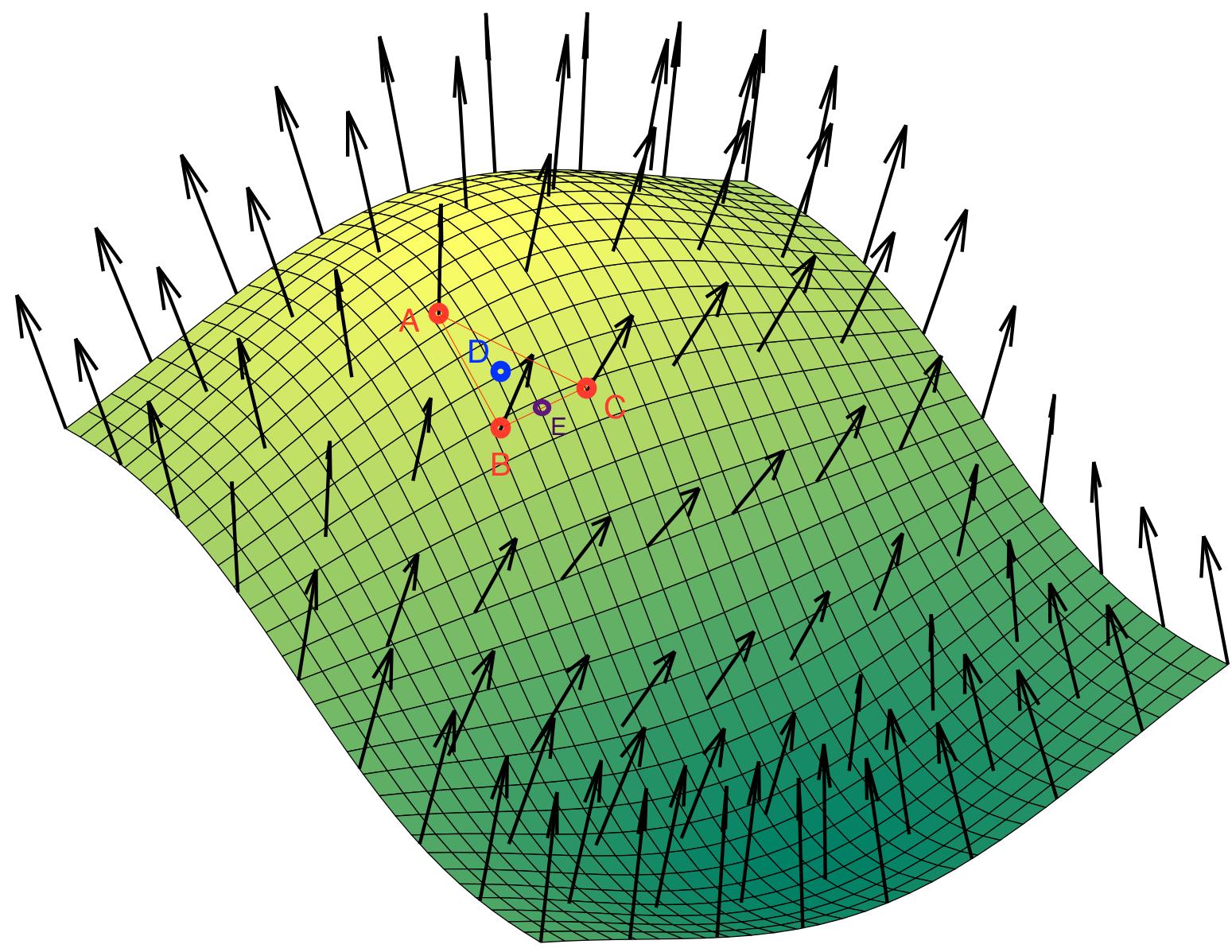
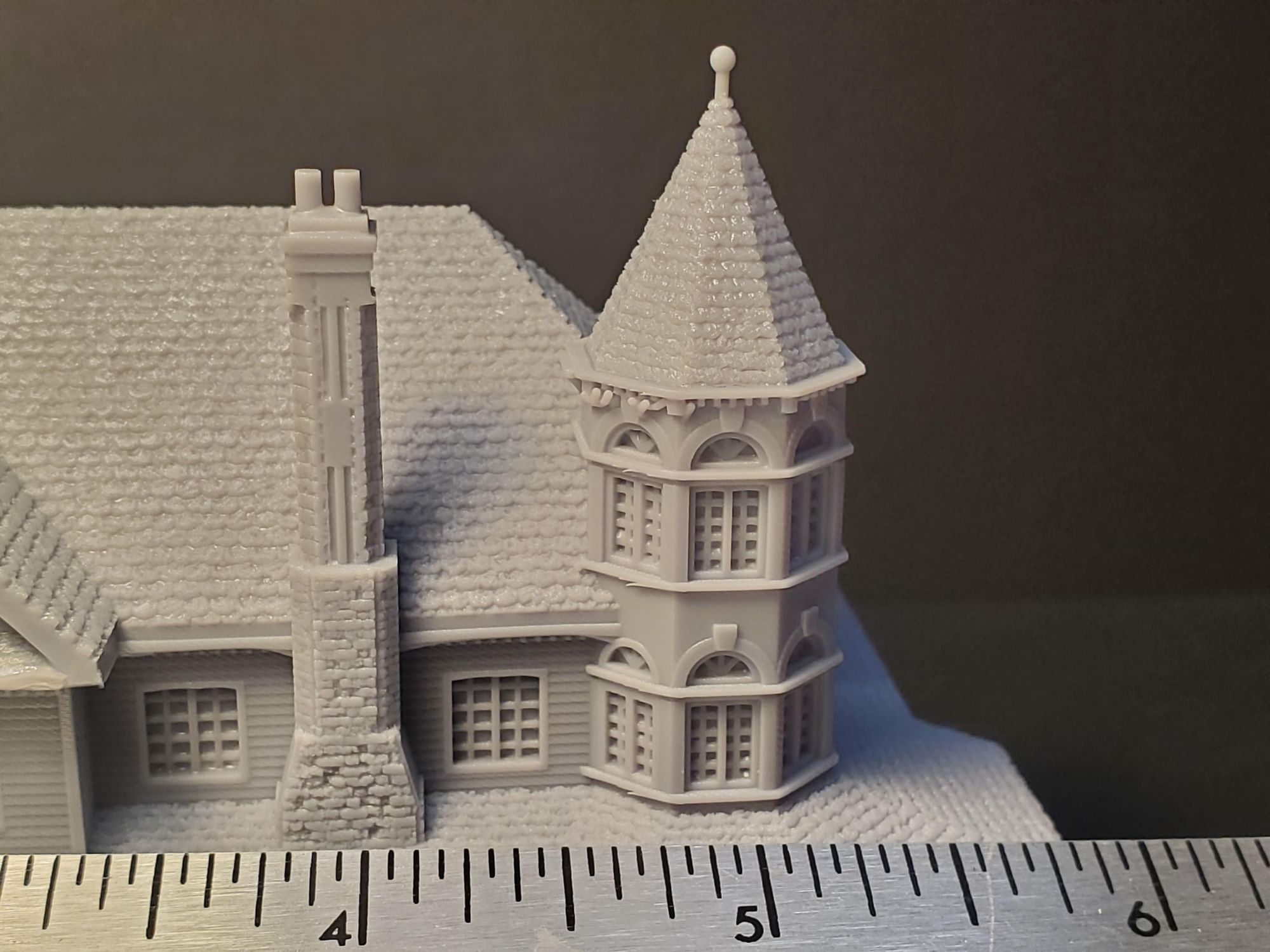
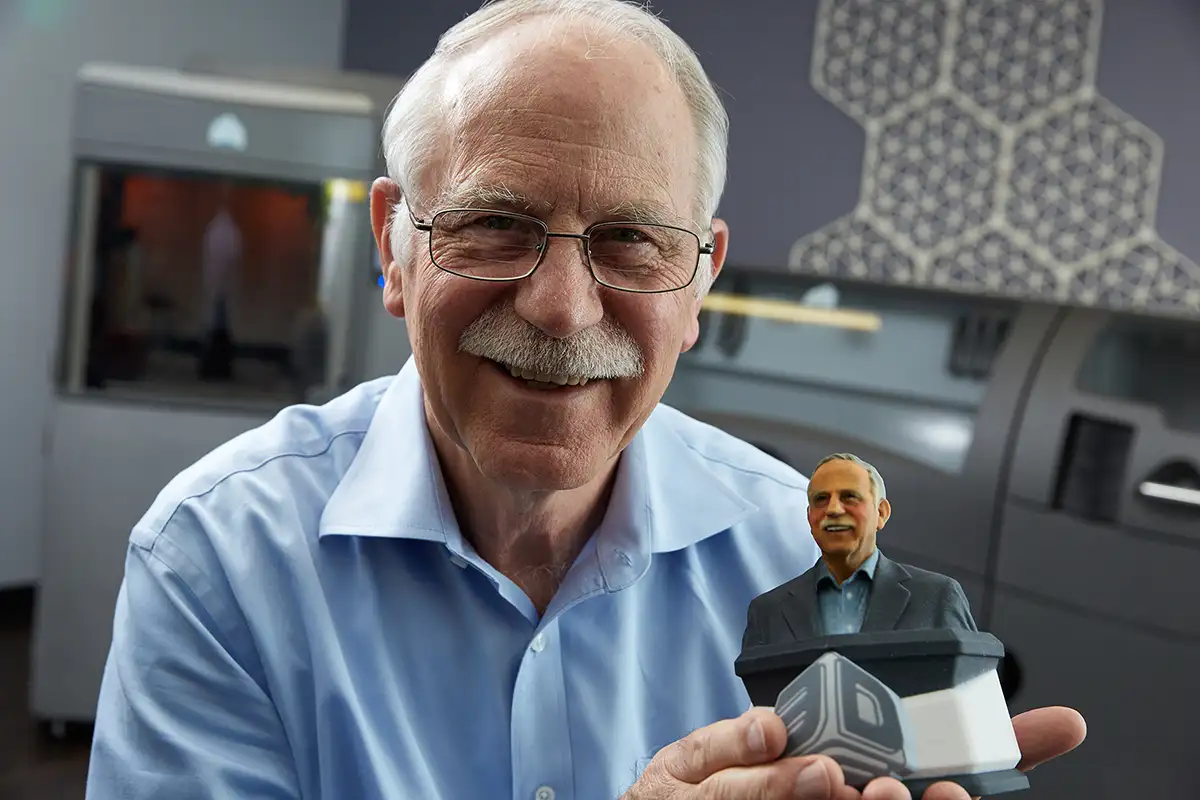
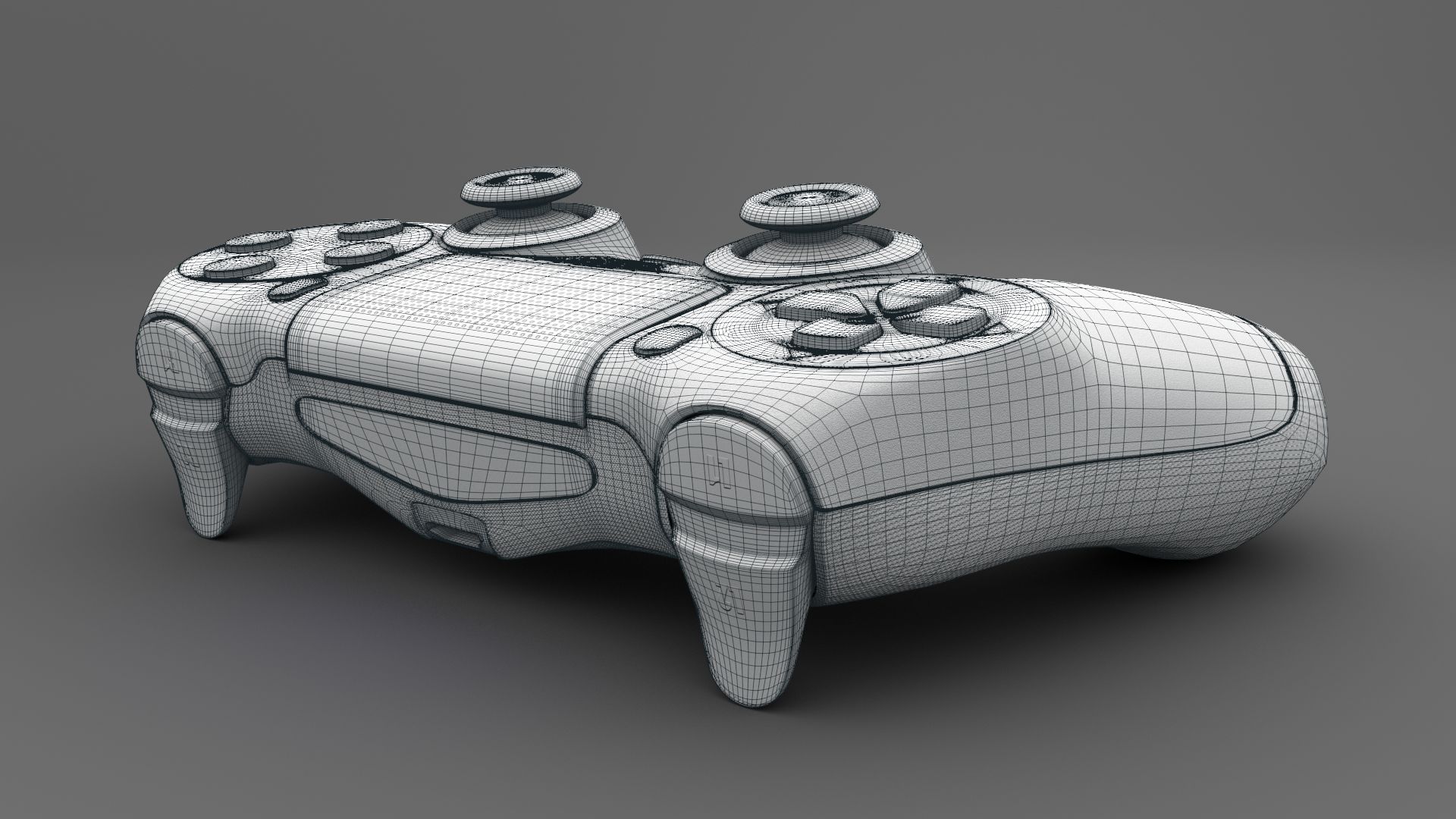
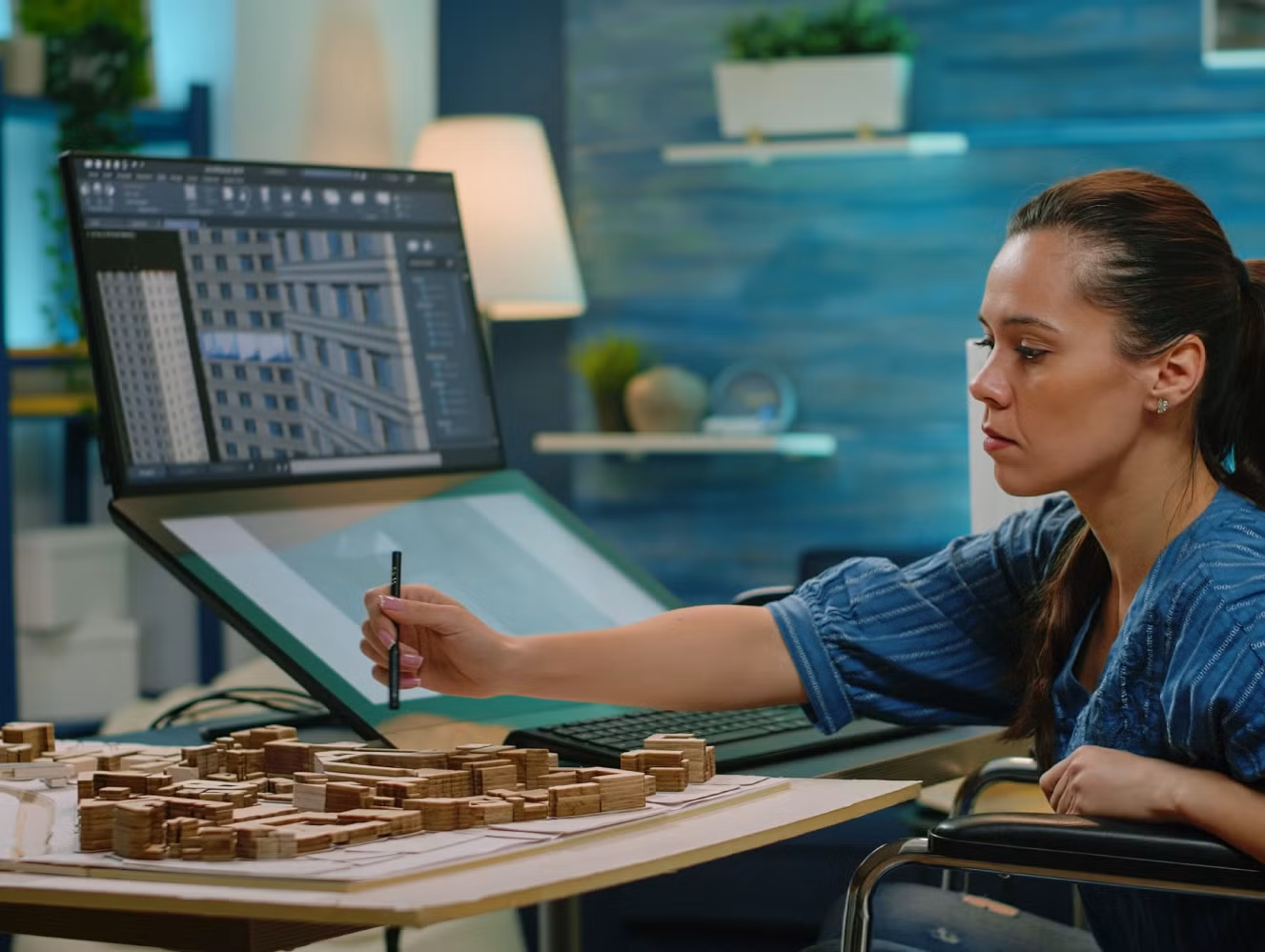
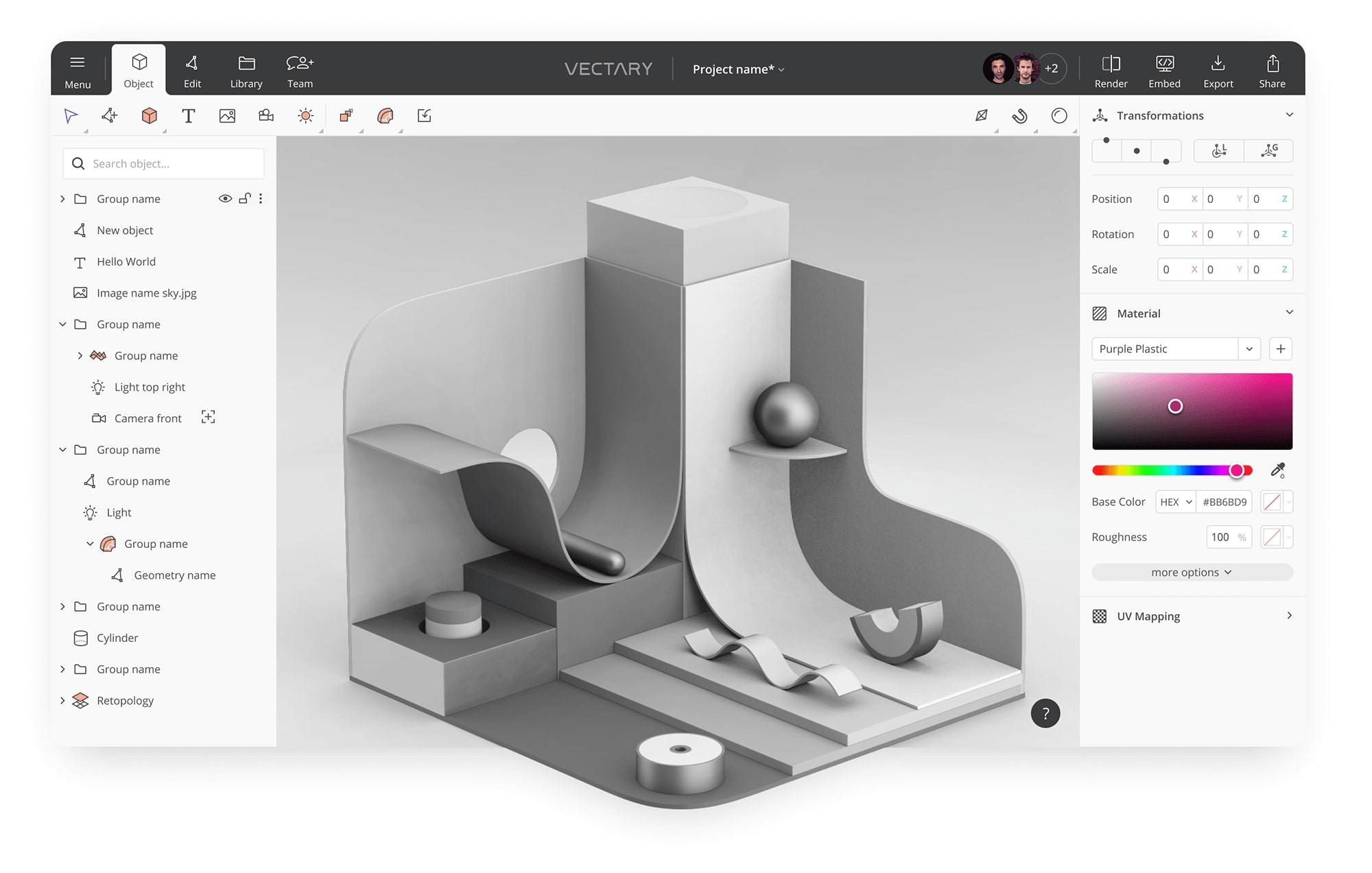
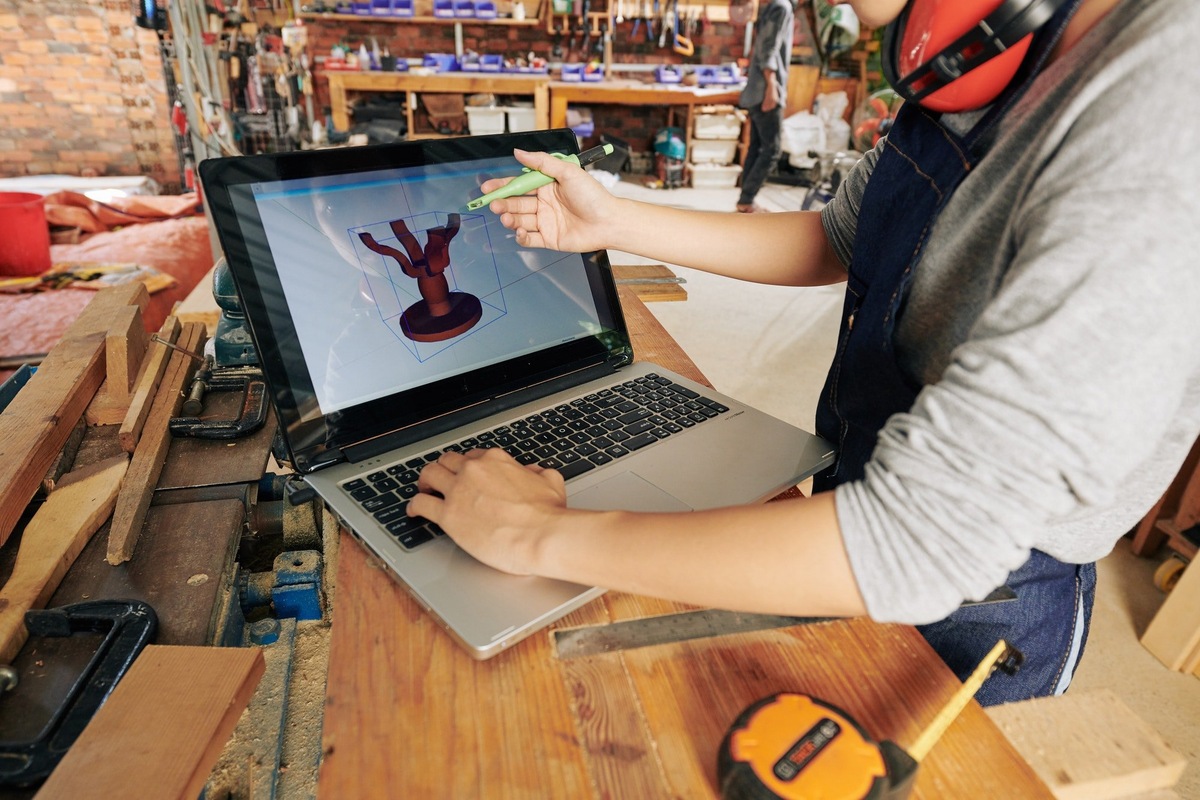
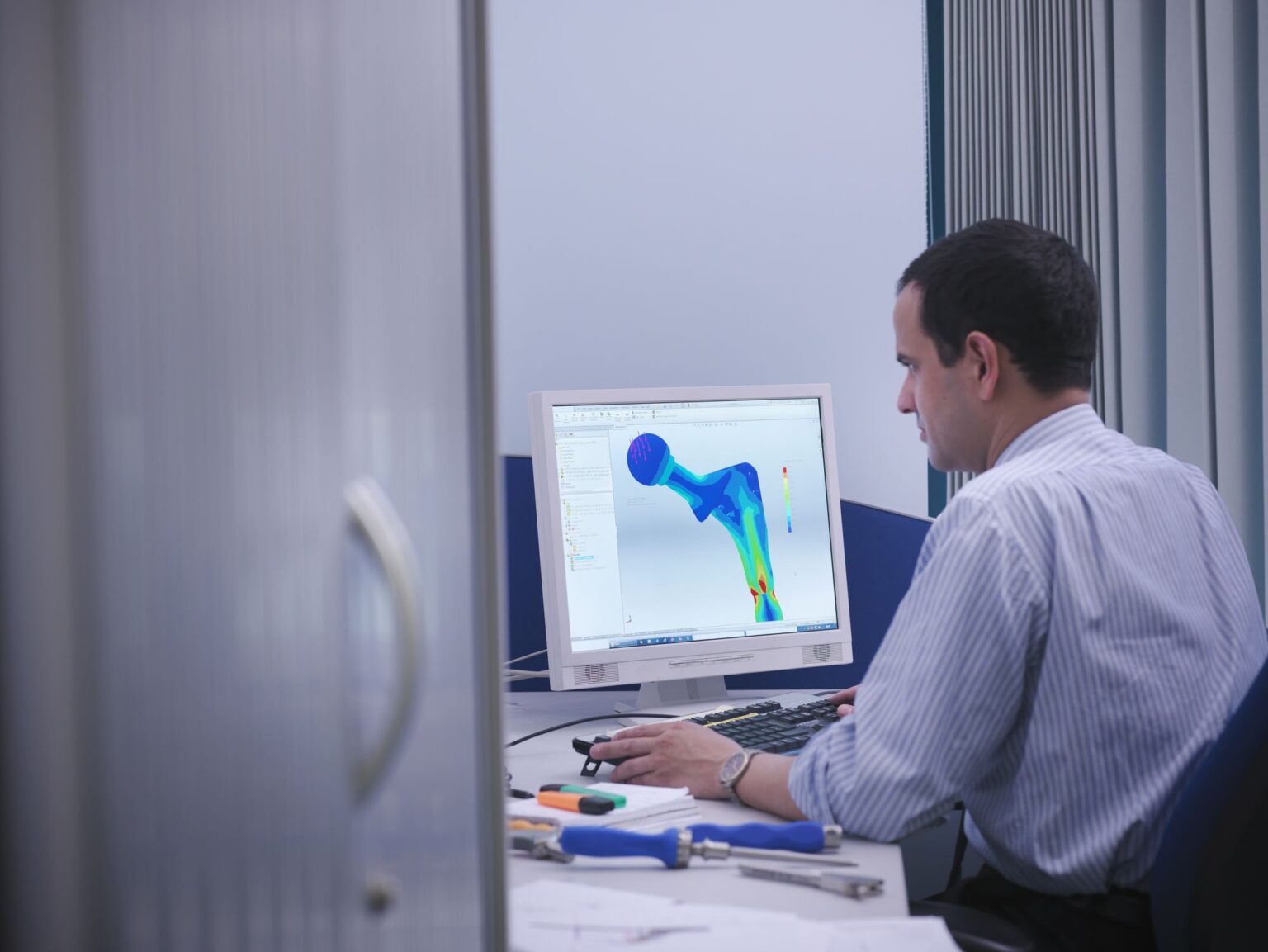
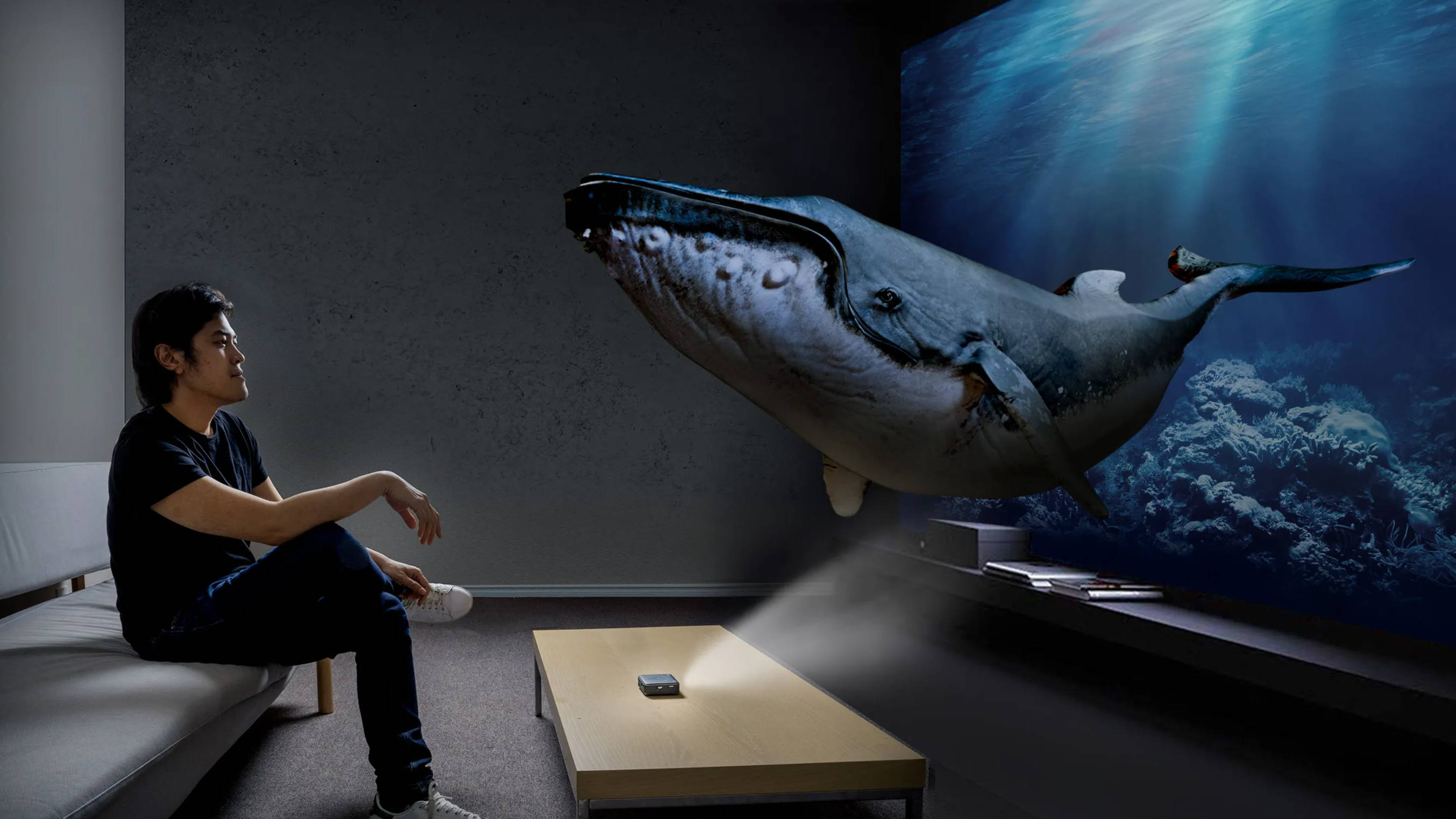
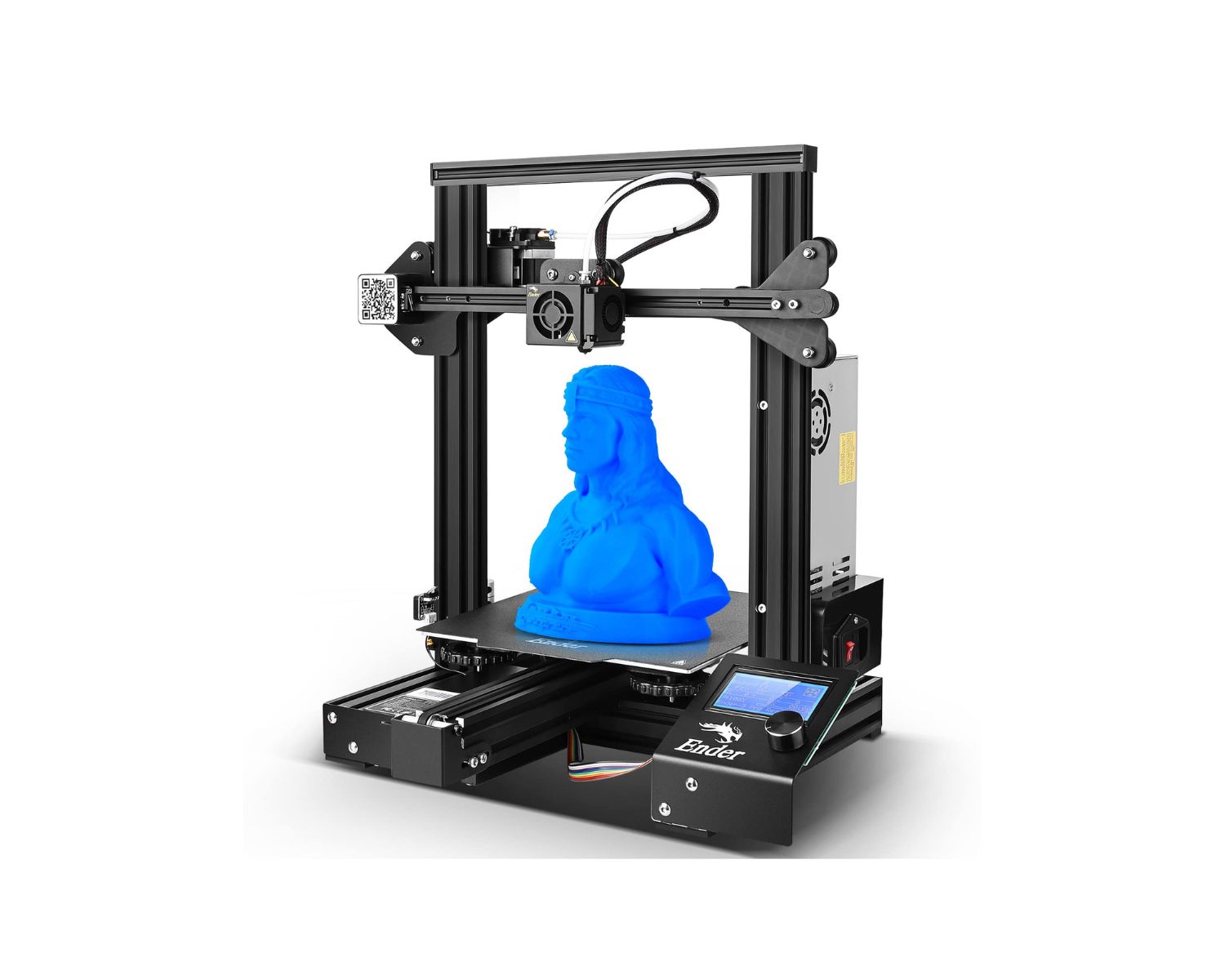
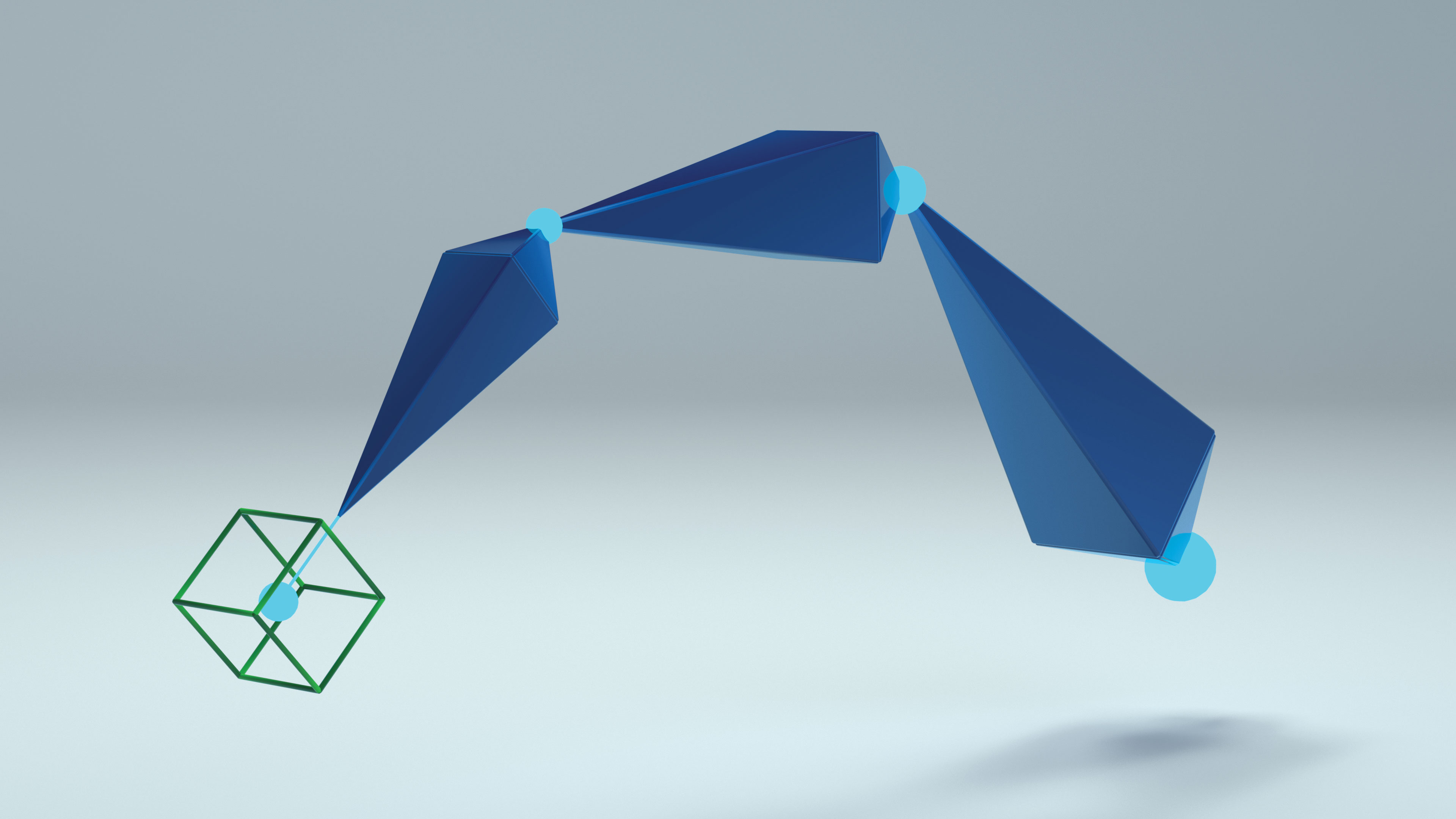
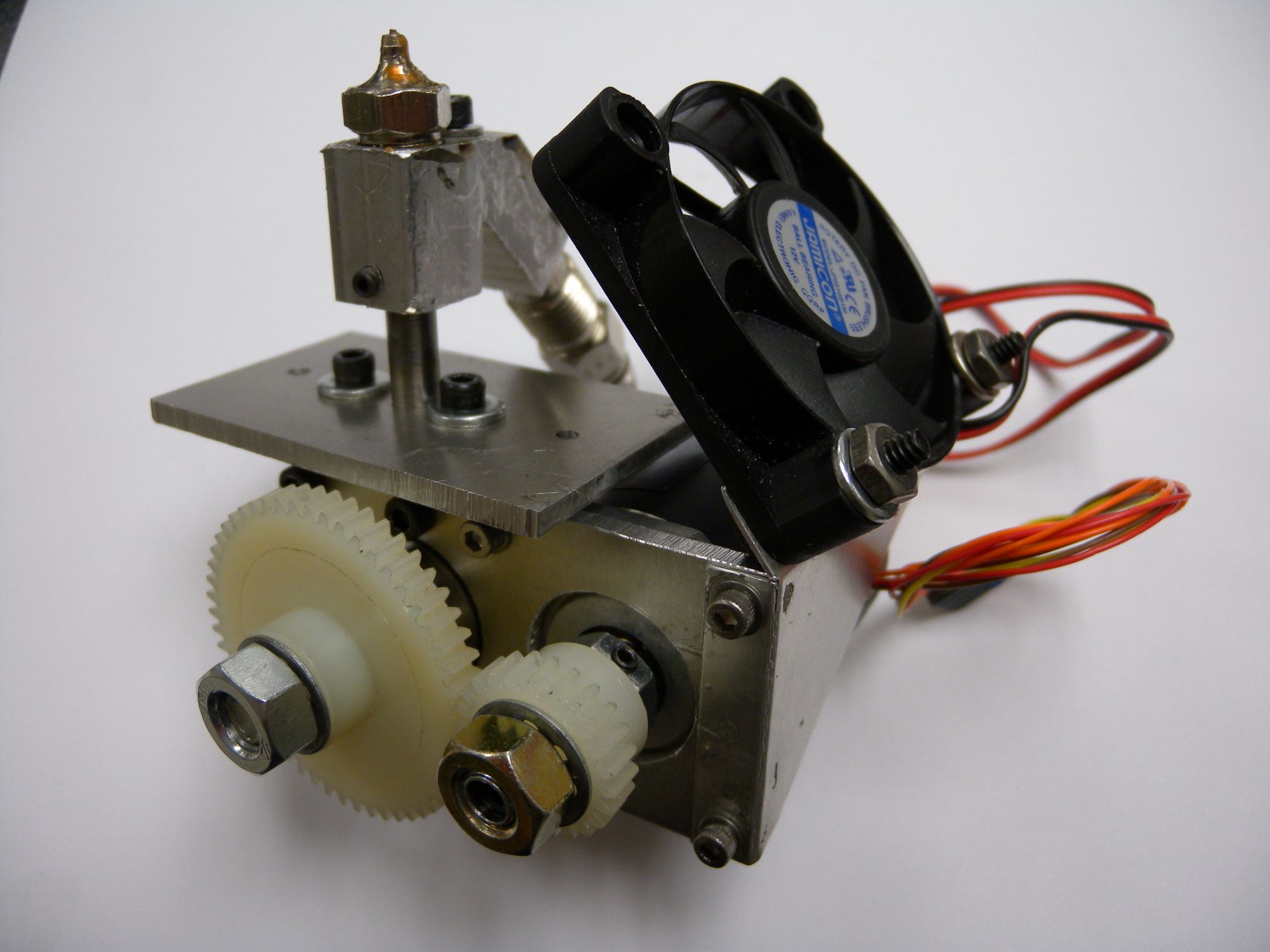

0 thoughts on “What Careers Use 3D Modeling”